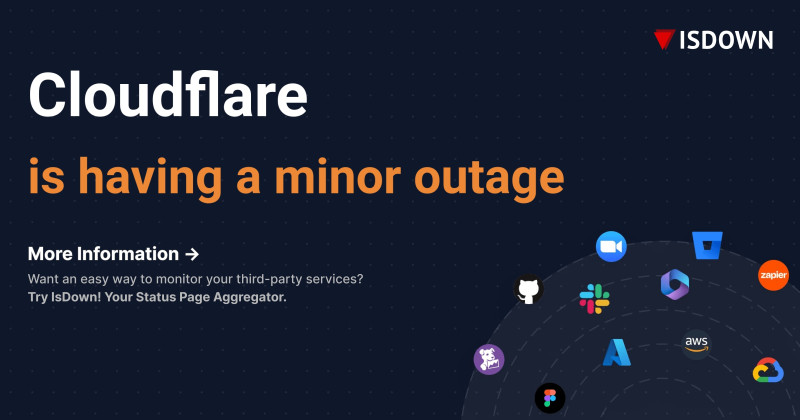In the digital age, social media platforms like Twitter have become indispensable for communication and information dissemination. However, the reliability of these platforms can sometimes be compromised by unexpected outages, causing widespread disruption. On November 18, 2025, Twitter users globally reported significant issues, raising questions about the platform's stability and the broader implications of such outages. This article delves into the recent Twitter outages, their causes, and the broader impact on users and the digital ecosystem.
According to recent reports, Twitter experienced a notable outage, with users reporting difficulties accessing the platform. This disruption was corroborated by multiple sources, including Downdetector, a popular tool for monitoring service outages. Downdetector reported numerous complaints from users unable to log in or post tweets, indicating a widespread issue.
One of the critical factors contributing to the outage was the concurrent issues faced by Cloudflare, a major content delivery network (CDN) that provides infrastructure for many websites, including Twitter. Cloudflare's problems likely exacerbated the situation, leading to a cascading effect that affected multiple services simultaneously. Users on Twitter and Cloudflare reported issues, highlighting the interconnected nature of modern digital services. This interdependence underscores the vulnerabilities within the digital ecosystem, where a single point of failure can have far-reaching consequences.
In response to the outages, users turned to various platforms, including Reddit and other social media, to share their experiences and seek solutions. Many users reported using alternative login methods, such as the Twitter/X app, to regain access to their accounts. This workaround provided temporary relief, but it also underscored the need for more robust and resilient infrastructure to prevent such disruptions in the future.
The outage also sparked discussions about the reliability of digital services and the importance of real-time monitoring. Platforms like Downdetector and IsItDownRightNow offer real-time updates on service status, helping users stay informed during outages. These tools provide valuable insights into the extent and nature of the problems, enabling users to make informed decisions.
As Twitter works to address these issues, users are left grappling with the inconvenience and uncertainty of unreliable service. The recent outages serve as a reminder of the fragility of digital infrastructure and the need for continuous improvement. Moving forward, Twitter and other digital platforms must prioritize resilience and reliability to ensure seamless user experiences. The integration of advanced monitoring tools and redundant infrastructure can help mitigate future disruptions, ensuring that users can rely on these essential services.
The broader implications of such outages extend beyond inconvenience, impacting businesses, communication, and information flow. As digital platforms become increasingly integral to daily life, the need for robust and reliable services becomes paramount. The recent Twitter outages highlight the importance of proactive measures and continuous innovation to enhance the stability and resilience of digital infrastructure. Users and stakeholders must remain vigilant, advocating for improved services and holding platforms accountable for their performance.
In conclusion, the recent Twitter outage and its impact on users underscore the need for a resilient and reliable digital infrastructure. As users and stakeholders navigate these challenges, the digital ecosystem must evolve to meet the demands of a increasingly interconnected world. By prioritizing resilience and reliability, platforms like Twitter can ensure that digital communication remains a reliable and indispensable tool for users worldwide. For those affected, the outage serves as a reminder of the importance of real-time monitoring and proactive measures to mitigate the impact of future disruptions.



